With a guiding philosophy of environmental responsibility and our commitment to preserving our special spot on Howell Mountain, we made it a priority that our winery building and operations also reflect these values. With this goal in mind, we hired architect Juan Carlos Fernandez to design Napa Valley’s first LEED (Leadership in Energy and Environmental Design) Gold Certified winery. Working hand-in-hand with our winemaking team, we created a state-of-the-art winery whose striking design reflects a straightforward, sustainable approach to winemaking.

Using a majority of recycled materials, such as recycled steel and recycled plastic, the building's concrete, containing integral earth colors that contain fly ash, is a coal by-product that reduces the use of cement. Zero wood was used in the winery production to help guard against the transmission of trichloroanisole (TCA). The fermentation gallery was built with hundreds of square feet of structural glass to promote a well-lit working environment, and the roof is replete with precisely placed solar panels to help minimize electricity use. The fermentation gallery and seamlessly adjacent caves are naturally insulated, while recycled materials, including blue jeans, insulate our tasting room. We even carved out a special viewing window in our office building for viewers to peek at our refurbished denim insulation.
At the center of our cave, we have a large steel dining room table built from the hull of a World War 2 submarine, while the table legs were salvaged from a vacant building on Mare Island. Our rich mahogany lounge dining table was constructed from trees devastated by the 2004 Indonesian tsunami. On the terrace, our distinctive rolling outdoor coffee table was hewn from the trusses of a demolished mid-1800s wooden bridge over Northern Montana's Sacajawea River.




